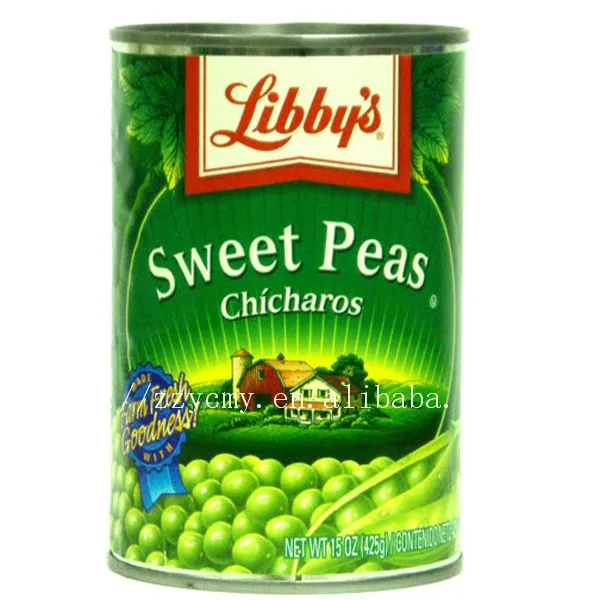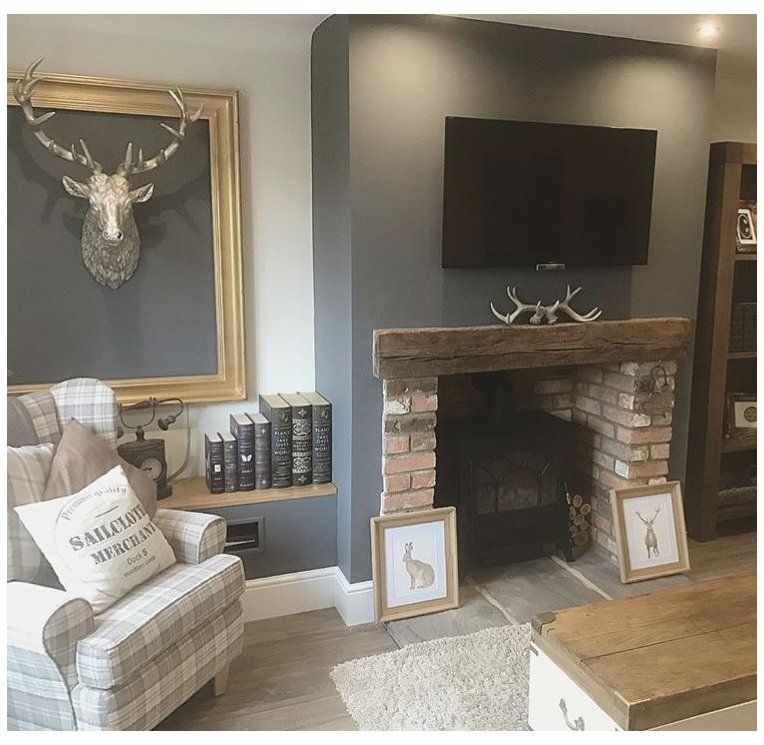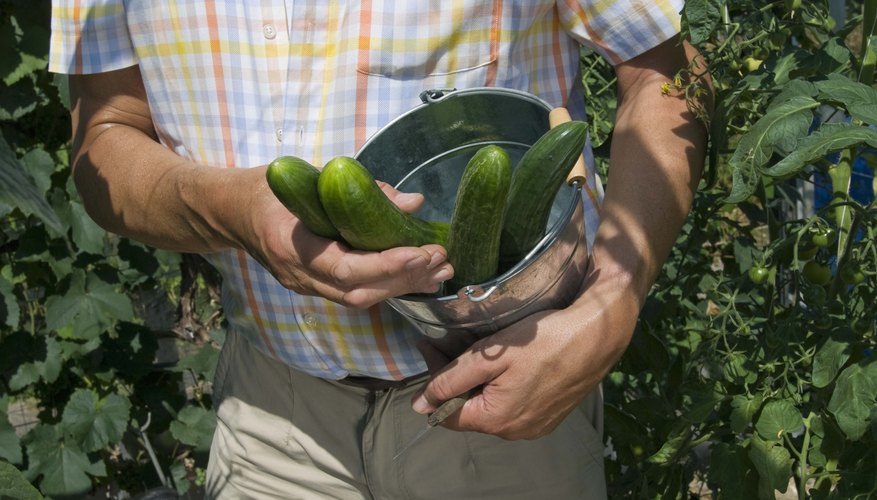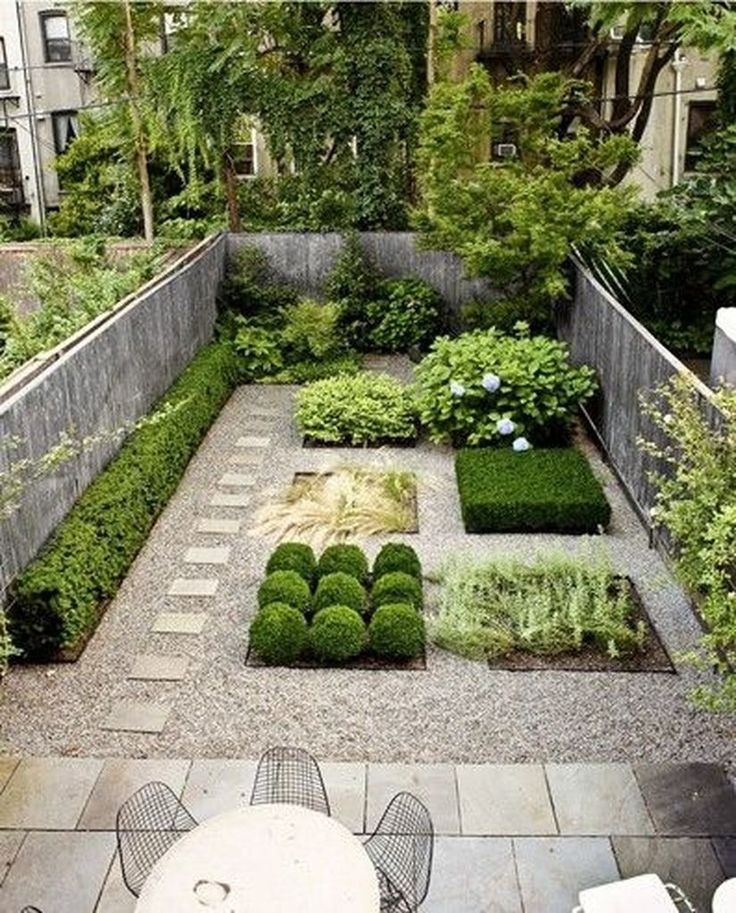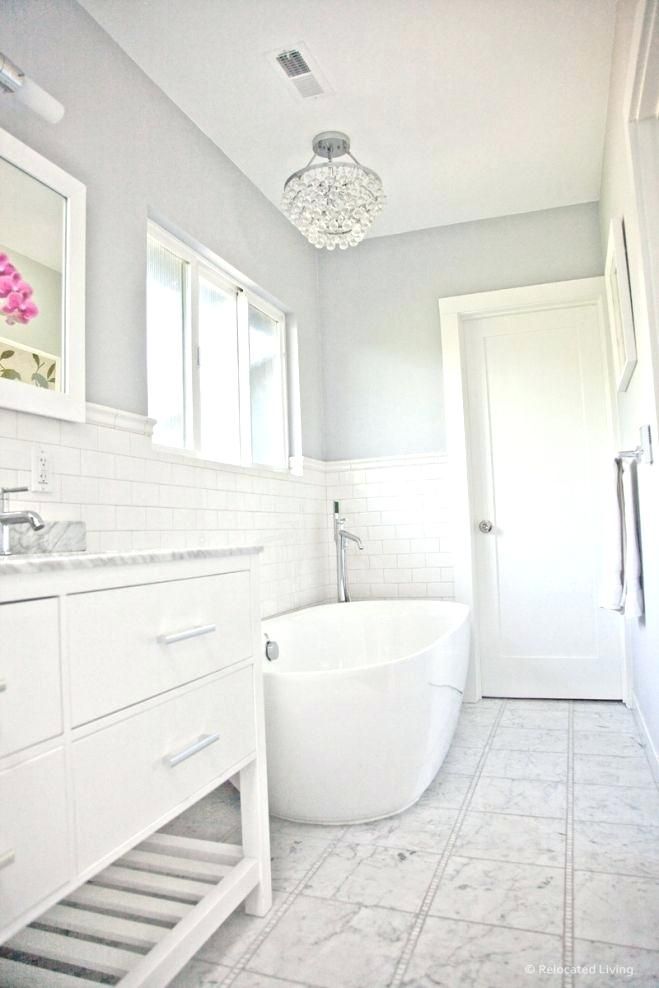Plant privacy hedge
How to Plant a Privacy Hedge
Privacy screens like all hedges can serve several purposes and can add value to many different types of property.
Benefits:
- Serves as a living privacy fence to provide privacy from street traffic and neighbors
- Creates a sound barrier to reduce noise
- Acts as a windbreak to protect against harsh winds
- Works as a living snow fence to reduce snow
- Serves as a living privacy fence to limit your view to mask distant objects
cart Purchase a Privacy Screen
Steps:
1
Determine the type of tree that best suits your needs
Evergreens are great for reducing noise, reducing snow, and screening all year long. Deciduous Trees offer a wider variety of landscaping elements including spring flowers or fall colors but do not provide a year round screen.
2
Decide how high you want your screen
Determine how high you want your screen. Put a ladder or have someone stand where you are considering placing the hedge, this will let you visually see how high you want your screen.
-
Popular Evergreen Tall Tree Hedges
- American Arborvitae is a popular tree hedge but can grow 40' to 60' tall
- Green Giant Arborvitae is a popular fast growing hedge that can grow up to 60' tall
-
Popular Evergreen Shrub Hedges
- Emerald Arborvitae grows 10' to 15' but can be trimmed shorter
- Nigra Arborvitae can grow 20' to 30' but takes pruning well so it can be trimmed shorter
-
Popular Deciduous Shrubs
- The Rose of Sharon is a great flowing hedge
- North Privet is a fast growing shrub that is suitable for many yards
3
Decide how much width you have available
After figuring out your main reason for planting and how high you want your hedge, the next step is to determine how much space you have available. If you have a large amount of space available you may consider making a double or triple row. If the space is tight you may consider the following trees or shrubs.
If you have a large amount of space available you may consider making a double or triple row. If the space is tight you may consider the following trees or shrubs.
Planting in rows close together trees and shrubs will not spread out as wide as if they were a single species in a landscape.
-
Narrow Evergreen Tree Hedges
- American Arborvitae will grow up to 15' wide in the wild but can trim shorter in a hedge setting and due to close planting proximity will greatly reduce overall width.
-
Narrow Evergreen Shrub Hedges
- Emerald Arborvitae grows 3' to 4' wide in the wild but commonly 2' wide in hedges
- Korean Boxwood grows 4' to 6' wide in the wild and can be trimmed to fit smaller spaces
-
Narrow Deciduous Shrub Hedges
- North Privet grows 4' to 6' wide in the wild but can be trimmed to more compact widths.
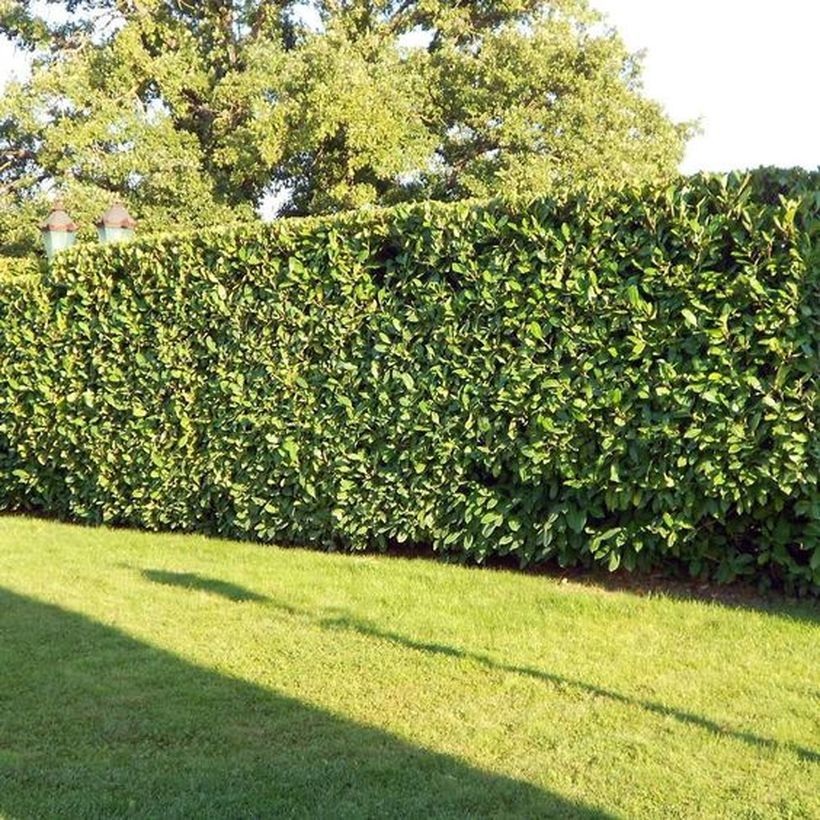
- North Privet grows 4' to 6' wide in the wild but can be trimmed to more compact widths.
4
Select a plant that meets your needs
Now that you know why you are planting a hedge, how much space you have, and how tall you want your screen; you can select a plant.
Check out the hedge overview in Step 2 to compare popular hedges.
5
Rows and Spacing
The amount of space you have and how dense you want your screen will determine the number of rows you plant. Spacing between rows is based on crown width, but at a minimum try to avoid root crowding by setting at least 12" to 24" apart measuring from the center of the plant. Spacing will depend on the type of shrub or tree you are planting and how close you want them at maturity.
-
Evergreen Trees
- For evergreen trees, like junipers and cedars, you would want 6-8 feet between trees
- For pines and spruce trees it is recommended to leave about 10-12 feet between trees
- American Arborvitae can be planted as close as 3 feet
-
Evergreen Shrubs
- Mid-sized evergreen shrubs you may want to plant 3 to 4 feet apart
- Narrow shrubs like the Emerald Arborvitae or Korean Boxwood can be planted 24 inches apart
-
Deciduous Shrubs
- North Privet can be planted 24 inches apart
- The Rose of Sharon should be planted 2-3 feet apart
- Again, at a minimum try to avoid root crowding by setting at least 12-24 inches apart measuring from the center of the plant.
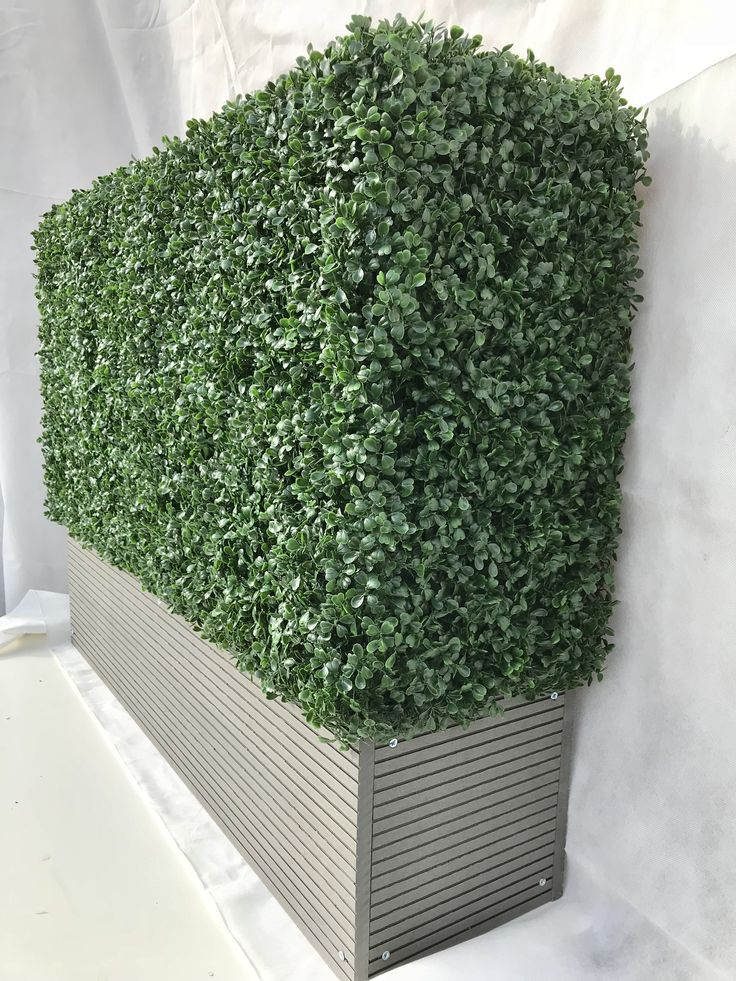 Also remember by planting trees and shrubs in rows close together they will not spread out as wide as if they were a standalone tree or shrub.
Also remember by planting trees and shrubs in rows close together they will not spread out as wide as if they were a standalone tree or shrub.
6
Map out your planting area
Once you have picked out your plants you are now ready to map out the location of your plants.
You can do this by putting wooden stakes in the ground at each end and tie a string between them. This will make sure you have a straight row or rows. Based upon the amount of space you have determined from Step 5, place a sprinkler flag or other marker along the string. (Example: You determined that 24 inches is the amount appropriate for your plan and plants. You would then place a sprinkler flag at 24 inches, 48 inches, 72 inches, and so on.
7
Plant your shrubs
For hedges, it is best to dig a straight trench when planting bare root shrubs. For containerized plants, individual holes work best.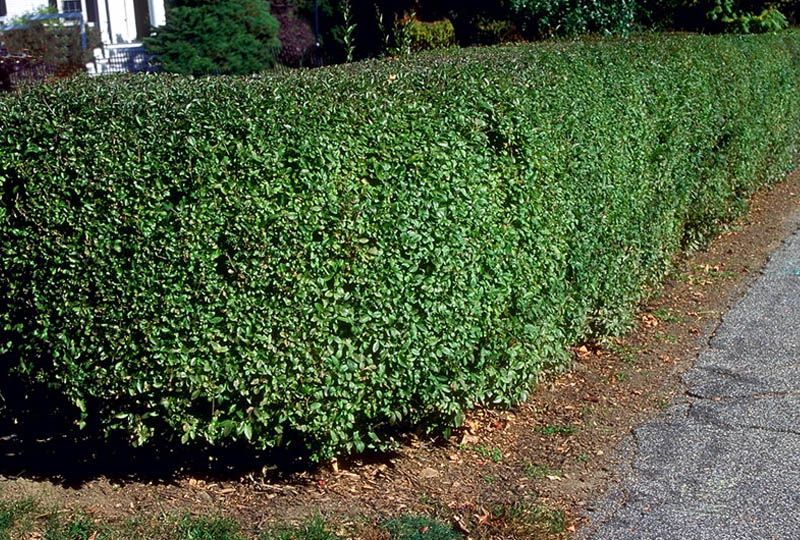 However, either method can be used.
However, either method can be used.
Follow our handy tree planting videos to learn how to plant your tree or shrub privacy hedge.
8
Training your shrubs as a hedge
Start training your shrubs after it is established and growing vigorously. Generally this takes 1-2 seasons after planting.
To train as a hedge, trim top and sides a few times per year as necessary, removing about one-half the length of new shoots. Most needled evergreens make their growth early in the season, while most broadleaf evergreens and deciduous plants grow over a longer period of time. Ideal hedge shapes are wider at the base than the top, to allow sunlight to reach the lower leaves.
Training a tree like a juniper, cedar, or pine is not recommended. If you are using a tree to create a hedge or screen, it is best to allow them to grow naturally and follow good pruning techniques.
cart Purchase a Privacy Screenup back to top
Best Privacy Hedges | Evergreens for Privacy
Home > Best Privacy Hedges
Peace. Quiet. Solitude. Privacy.
Quiet. Solitude. Privacy.
Privacy Hedges allows you to enjoy all these qualities in any yard, no matter how noisy or urban the area.
It blocks noise and peering eyes while providing beauty to the garden and a home for small animals.
So what bushes are good for privacy? We have compiled a list of the best bushes for privacy. They are each suitable for different situations, so we are sure you will find your perfect match!
QUICK LINKS
8 Varieties of Privacy Hedges
WHAT MAKES A GREAT PRIVACY HEDGE?
For great privacy hedges there are three main factors:
- 1. Density
- 2. Height
- 3. Evergreen
You want tightly-branched evergreens for privacy to avoid any gaps. You can do this two ways: opt for privacy shrubs with extremely dense branching, or trim your looser-growing hedge religiously each year.
Height
You want tightly-branched evergreens for privacy to avoid any gaps.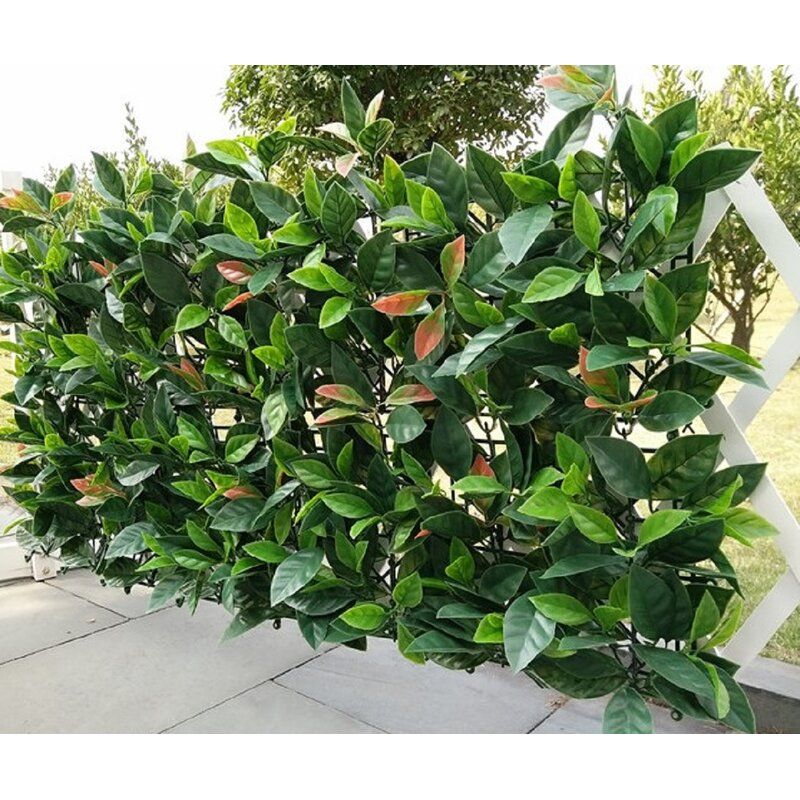 You can do this two ways: opt for privacy shrubs with extremely dense branching, or trim your looser-growing hedge religiously each year.
You can do this two ways: opt for privacy shrubs with extremely dense branching, or trim your looser-growing hedge religiously each year.
Evergreen
You want tightly-branched evergreens for privacy to avoid any gaps. You can do this two ways: opt for privacy shrubs with extremely dense branching, or trim your looser-growing hedge religiously each year.
MAINTAINING A PRIVACY HEDGE
The key to maintaining a perfectly dense privacy hedge is consistent pruning on the sides. If the hedge is allowed to grow large and leggy, then pruned hard, you will end up with gaps (in laurels and beech this can be corrected, but in conifers, it usually can’t). A quick, simple trim once per year on fast-growing varieties and once every 2 years on slow-growing varieties is all you need to keep your hedge full and dense. Pruning the top half of the privacy hedges a little slimmer than the bottom will keep the lower branches nice and full (see the diagram below).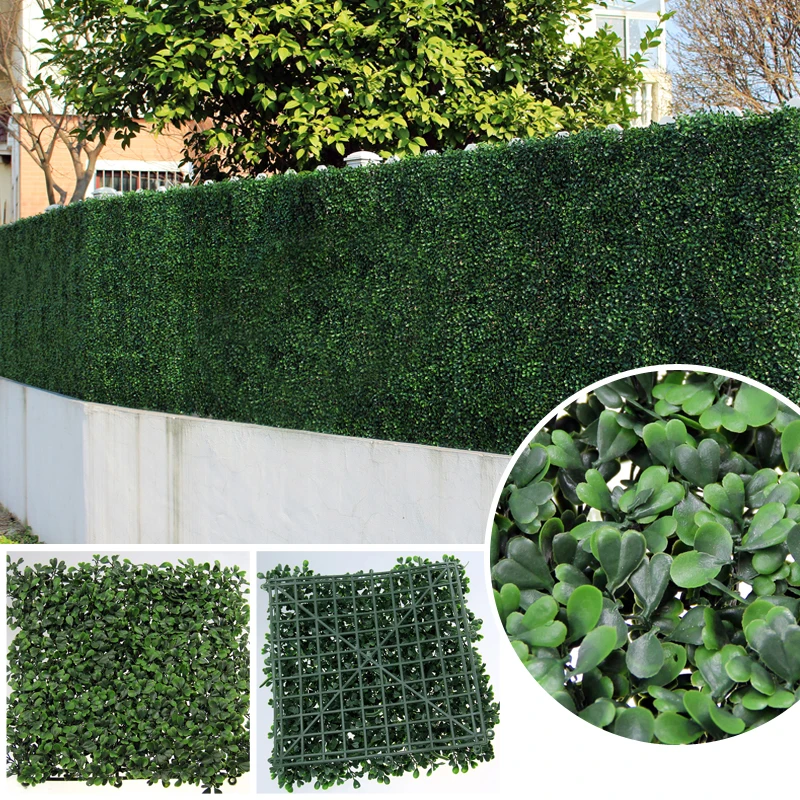
For more information on how to get privacy trees as fast as possible, check out our page on fast-growing hedges.
Swimming pools are one of the most important places to use privacy hedges
Homes located on busy streets can still feel quiet and secluded when surrounded by a privacy hedge
Simple and elegant privacy hedges can be used at residences, restaurants, and event venues to create private outdoor eating areas
Emerald Green Arborvitae gives dense privacy, blocking noise, wind, and eyesores
Block neighborhood sounds and views with privacy hedges to create a peaceful sanctuary
Entries and driveways gain drama and glamour when lined with lush privacy hedges
Create peaceful, quiet spaces by surrounding them with tall privacy hedges
Outdoor living becomes a lot more peaceful with a lush privacy hedge
Block noise effectively by layering different heights of privacy hedges around an outdoor living space
Even urban courtyard spaces can feel like the country when surrounded by privacy hedges
BEST PRIVACY HEDGES
EUROPEAN BEECH
Fagus Sylvatica
European Beech is one of the best bushes for privacy which is an extremely popular choice in Europe and for European-styled gardens.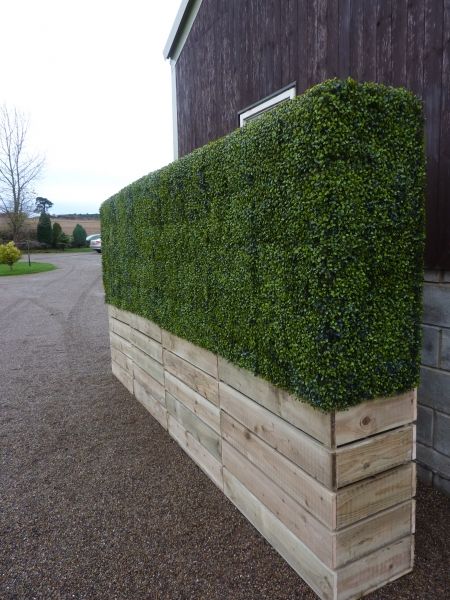 It offers lush, green foliage in the spring and summer and copper fall color that persists through the winter. Even though it is deciduous, the persistent leaves still provide some peace through the winter months. Grows in full sun to part shade. One of the best plants for privacy for zone 5-8.
It offers lush, green foliage in the spring and summer and copper fall color that persists through the winter. Even though it is deciduous, the persistent leaves still provide some peace through the winter months. Grows in full sun to part shade. One of the best plants for privacy for zone 5-8.
-
EVERGREEN/DECIDUOUS Deciduous, but holds copper leaves through winter
-
HARDINESS ZONE Zones 5-8
-
GROWTH RATE Moderate (‘
-
PRUNING FREQUENCY Once per year
-
PESTS None
-
GOOD FOR PRIVACY BECAUSE Unique, dense growth, low-maintenance, deer-resistant, adds color and interest to fall/winter garden
ENGLISH LAUREL
Prunus Laurocerasus
One of the fastest-growing evergreens for privacy, English Laurel (or Prunus laurocerasus) will fill out a big space quickly.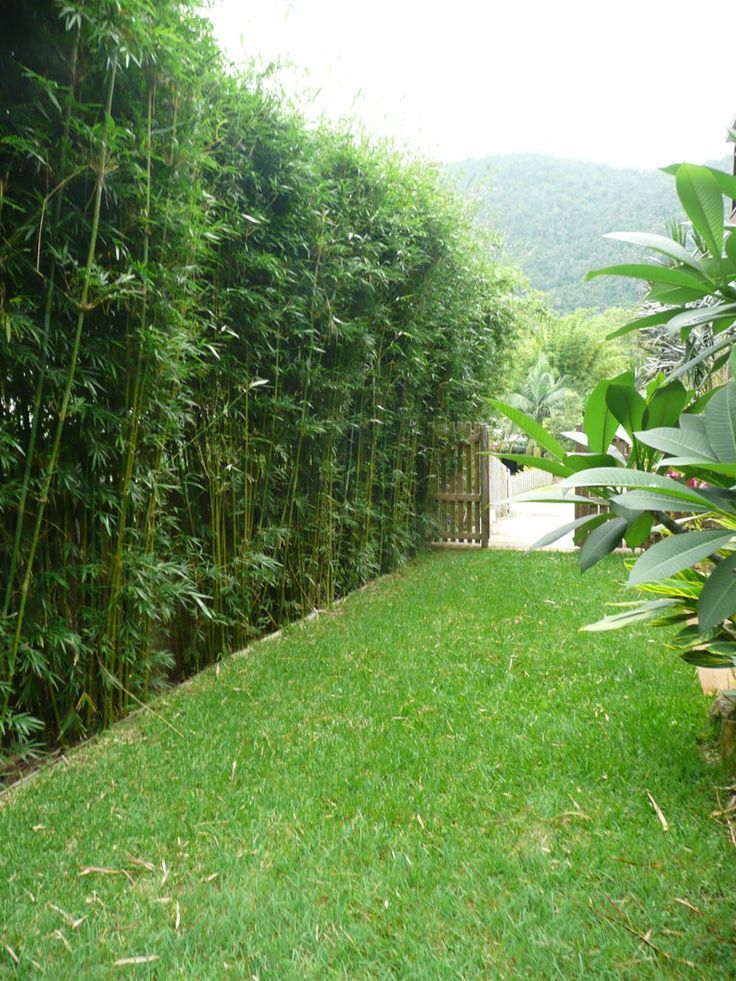 It is a great option as privacy hedges if you want a tall hedge quickly. Make sure to keep on top of pruning to keep it from getting leggy. Beautiful glossy green foliage with white flowers in spring and inedible berries in the summer. Deer proof. Grows in full sun to partial shade. Best plants for privacy for zone 6-9.
It is a great option as privacy hedges if you want a tall hedge quickly. Make sure to keep on top of pruning to keep it from getting leggy. Beautiful glossy green foliage with white flowers in spring and inedible berries in the summer. Deer proof. Grows in full sun to partial shade. Best plants for privacy for zone 6-9.
-
EVERGREEN/DECIDUOUS Broadleaf Evergreen
-
HARDINESS ZONE Zones 6-9
-
GROWTH RATE Fast (up to 3 feet per year)
-
PRUNING FREQUENCY Once per year
-
PESTS None
-
GOOD FOR PRIVACY BECAUSE Will get large fast, great for tall hedges, deer proof
SCHIP LAUREL
Prunus Laurocerasus ‘Schipkaensis’
Schip laurel which is one the best evergreens for privacy (sometimes called Skip Laurel or Schipka Laurel or Cherry Laurel) has the benefits of the English Laurel with the added benefit of a more upright growth habit, requiring less pruning to keep the width in check. It also has a longer, narrower leaf shape that is a bit darker green. Grows in full sun to shade. One of the best privacy bushes to consider.
It also has a longer, narrower leaf shape that is a bit darker green. Grows in full sun to shade. One of the best privacy bushes to consider.
-
EVERGREEN/DECIDUOUS Broadleaf Evergreen
-
HARDINESS ZONE Zones 6-9
-
GROWTH RATE Fast (up to 3 feet per year)
-
PRUNING FREQUENCY Once per year
-
PESTS None
-
GOOD FOR PRIVACY BECAUSE Will get large fast, great for tall hedges, deer proof
PORTUGUESE LAUREL
Prunus Lusitanica
Portuguese Laurel or Prunus Lusitanica has a wonderfully dense natural growth habit. It also grows quickly, so you could have a large, dense hedge with little effort in a very short time. It is a great option for warmer parts of the country as it is very tolerant of heat, drought, poor soil, salt, and pollution. It has stunning green leaves with contrasting red petioles.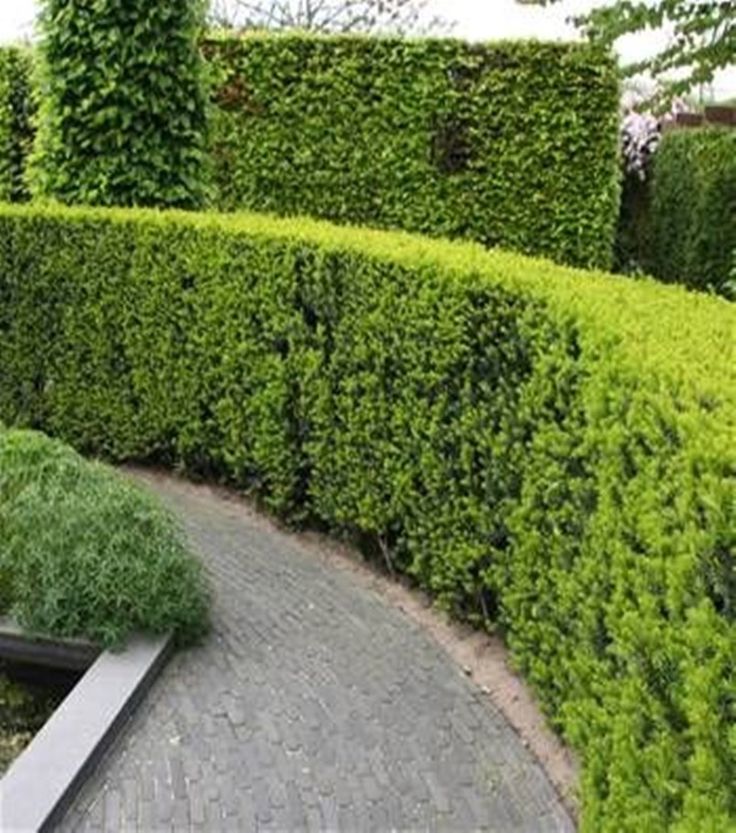 It has white flowers in the spring and bears black fruits in the summer that are inedible to humans but a good food source for birds. They are one of the best deer proof privacy bushes. Does well in full sun.
It has white flowers in the spring and bears black fruits in the summer that are inedible to humans but a good food source for birds. They are one of the best deer proof privacy bushes. Does well in full sun.
-
EVERGREEN/DECIDUOUS Broadleaf Evergreen
-
HARDINESS ZONE Zones 7-9
-
GROWTH RATE Fast (up to 1.5 feet per year)
-
PRUNING FREQUENCY Once per year
-
PESTS None
-
GOOD FOR PRIVACY BECAUSE Naturally dense growth habit, beautiful foliage, deer proof, great for warm areas
AMERICAN ARBORVITAE
Thuja Occidentalis
American Arborvitae or Thuja Occidentalis is a great choice for those in cold regions (it is hardy to zone 2!) who want a fast-growing privacy hedge. It will get tall quickly and form a very dense screen with consistent pruning. Grows in full sun to partial shade. Excellent choice in terms of fast growing evergreen shrubs for privacy.
Excellent choice in terms of fast growing evergreen shrubs for privacy.
-
EVERGREEN/DECIDUOUS Evergreen
-
HARDINESS ZONE Zones 2-8
-
GROWTH RATE Fast (up to 1.5 feet per year)
-
PRUNING FREQUENCY Once per year
-
PESTS Deer
-
GOOD FOR PRIVACY BECAUSE Fast grower, evergreen, dense, very cold hardy
EMERALD GREEN ARBORVITAE
Thuja Occidentalis ‘Smaragd’
Emerald Green Arborvitae is the ultimate choice for a dense privacy hedge. With an Emerald Green hedge, there is zero chance of seeing anything through it. It grows slowly and requires very infrequent pruning. Although it grows slowly, it will become quite tall if given enough time. It has an extremely narrow footprint, so it does well in small areas. It has beautiful, dark green foliage. Requires full sun. Emerald Green Arborvitae is one of the best bushes for privacy.
Emerald Green Arborvitae is one of the best bushes for privacy.
-
EVERGREEN/DECIDUOUS Evergreen
-
HARDINESS ZONE Zones 2-8
-
GROWTH RATE Slow (less than 1 foot per year )
-
PRUNING FREQUENCY Lightly once per year
-
PESTS Deer
-
GOOD FOR PRIVACY BECAUSE Extremely dense, requires little pruning, small footprint
GREEN GIANT ARBORVITAE
Thuja X ‘Green Giant’
Green Giant Arborvitae has an incredibly vigorous growth rate, reaching up to 5 feet of growth per year under ideal conditions! If a large hedge is needed as fast as possible, this is a great option. Green Giant has lush green foliage all year, providing optimum screening capabilities. It will require intensive pruning to keep at a small size, but it is one of the large privacy trees for backyard. It does well in full sun to partial shade. Deer resistant.
It does well in full sun to partial shade. Deer resistant.
-
EVERGREEN/DECIDUOUS Evergreen
-
HARDINESS ZONE Zones 5-8
-
GROWTH RATE FAST (up to 3-5 feet per year)
-
PRUNING FREQUENCY Once per year, or twice to keep small
-
PESTS None
-
GOOD FOR PRIVACY BECAUSE The fastest grower, ideal for very large hedges, deer resistant
VIRESCENS WESTERN RED CEDAR
Thuja Plicata ‘Virescens’
Virescens Western Red Cedar is a lovely, upright-growing cedar, native to the Pacific Northwest. Considered as one of the best bushes for privacy. Its unique habit means a small footprint, making it great for tight spaces. It responds well to either intense or relaxed pruning. It does well in full sun and partial shade.
Get the Best privacy hedges at affordable prices at InstantHedge Oregon.
-
EVERGREEN/DECIDUOUS Evergreen
-
HARDINESS ZONE Zones 5-8
-
GROWTH RATE Moderate (up to 2 feet per year)
-
PRUNING FREQUENCY Once per year
-
PESTS None
-
GOOD FOR PRIVACY BECAUSE Upright habit, low maintenance, small footprint, deer-proof
Interested in purchasing?
For retail customers, find pricing and purchase online here.
For green industry professionals, please fill out our quote request form.
Top 15 Best Hedge Plants
💣 💣 💣 PRODUCTS IN STOCK! SHIPPING NEXT DAY!
Posted by:
5 years ago
400 129
1 comment
We present to your attention a selection of the best plants in our opinion for creating a living fence on your site.
| 1. | |
| Advantages:
Drawbacks: disadvantages of arborvitae include its burnout in the bright sun, while the needles lose their decorative effect and become brown. | |
| 2. Juniper. Common, Cossack, virgin, scaly, and Chinese junipers are used to create hedges. All of them have their own characteristics, but their main advantages are the same: | |
Of the shortcomings of juniper, one can single out its need for good lighting. Otherwise, the bushes become loose and lose their decorative effect. Like all conifers, juniper has a rather slow growth, although this is a minus or plus for a hedge - a moot point. |
|
| 3. Berry yew. Evergreen coniferous plant. Great for creating a living fence and for good reason: | |
The yew has one drawback - all its parts are poisonous. |
|
| 4. Lawson Cypress is one of the most beautiful coniferous plants. | |
| Benefits:
Disadvantages: prefers well-lit areas (goes bald in the shade), requires regular watering and spraying. |
|
| 5. Derain white. | |
Perhaps the only feature of turf that can be called its disadvantage is the need for regular cutting. If this condition is not observed, the bush is exposed in the lower part, it looks sloppy. |
|
| 6. | |
| Benefits:
has no defects. |
|
| 7. Coronal mock orange A beautifully flowering fragrant shrub up to 3 m high. It is frost-resistant and unpretentious, excellent for the conditions of the middle zone. | |
The plant has no significant shortcomings, it should only be noted that well-lit places should be chosen for planting mock orange, and the soil should not be compacted and waterlogged. |
|
| 8. Spirea. A very ornamental shrub with beautiful abundant flowers. A spirea hedge can reach a height of 1.5 m. The plant has many advantages, including: |
Varieties available
Thuja occidentalis Smaragd
Thuja occidentalis Holmstrup
- Lush, graceful flowering.
- Handles shearing well.
- Able to take various forms.
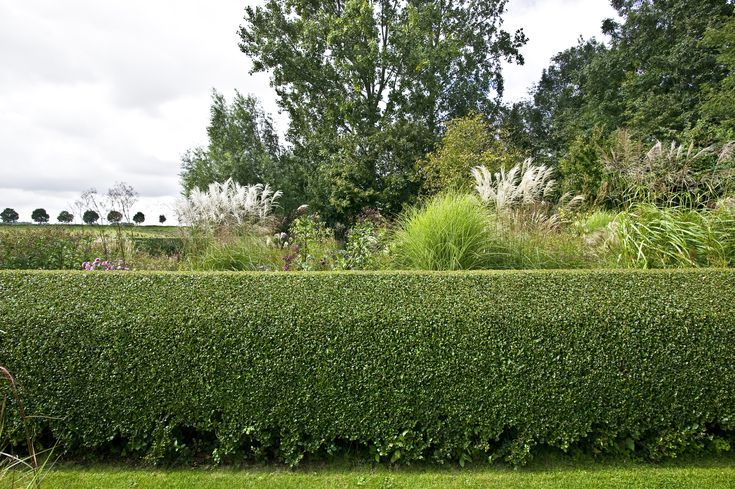
- By combining varieties with different flowering periods, a continuously flowering hedge can be created.
- A wide range of varieties with different colors of inflorescences.
- Undemanding to soils
To maintain a neat appearance of the shrub, it is recommended to trim the faded inflorescences.
| 9. Thunberg barberry. Great for hedges because it: | |
The plant has its own disadvantages . For example, the presence of long sharp spines complicates the care of the shrub. With a lack of sunlight, the decorative effect of the leaves is lost. |
|
| 10. Privet. Fast growing, shade-tolerant shrub up to 2-2.5 m high. The plant deserves special attention for the following reasons: | |
The only drawback of privet is poisonous fruits. Do not choose this plant if you have children. |
|
| 11. Cotoneaster brilliant. Densely leafy deciduous shrub up to 0.5 to 1.5 meters high. Undoubted Benefits of Cotoneaster: | |
Cotoneaster branches are fairly fast growing so regular pruning is essential to maintain the shape and attractiveness of the shrub. |
|
| 12. Blood red hawthorn. Unpretentious deciduous shrub, characterized by high longevity. The undoubted advantages of the plant are: | |
Irregular shearing of hawthorn can expose the underside of the bush. |
|
| 13. Lilac. Very ornamental flowering shrub. To create a hedge, the use of undemanding, frost-resistant, drought-resistant varieties, such as Meyer's, Amur and Hungarian lilacs, is recommended. The advantage of lilac over other shrubs is as follows: | |
disadvantages of lilacs include the need for annual cutting of root shoots; a short flowering period, after which the decorativeness of the plant is significantly reduced. |
|
| 14. | |
Every 4-5 years the plant needs a rejuvenating pruning. Requires watering during dry periods. |
|
| 15. Hydrangea. Incredibly beautiful shrub with large leaves and very lush flowering. Paniculata and tree varieties are great for creating hedges. Hydrangea Benefits: | |
At the same time, hydrangea is rather capricious, requires frequent watering, needs shelter for the winter, and is demanding on the composition of the soil. The plant needs pruning, since flowering occurs only on the shoots of the current year. |
|
${ productModal.title }
Was this article helpful to you? Share it with your friends and get bonuses for activity
91 shared
142 shared
Similar articles
Lavender - planting, growing, care and reproduction
Lavender is truly unique. Plants with unique color and aroma adorn gardens and window sills. Lavender flowers are used in home decorating, painting, and even cooking.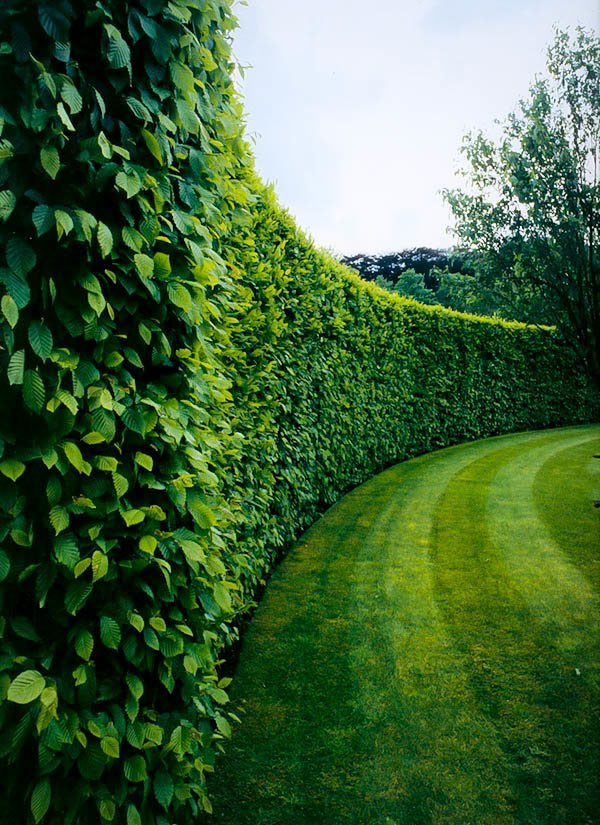 And the role of the plant in perfumery is simply invaluable. In the material, we will take a closer look at this amazing plant: what varieties are there, how it is grown and what it is used for.
And the role of the plant in perfumery is simply invaluable. In the material, we will take a closer look at this amazing plant: what varieties are there, how it is grown and what it is used for.
1 month ago
1 comment
Heal everyone, heal: remedies for the health of garden plants
For full-fledged care of the garden, it may be necessary to use only mineral and organic fertilizers. Keeping plants healthy requires many important preparations, some of which are specifically designed to control pests and diseases, and some are the usual components of a home first aid kit.
1 year ago
1 comment
Faster, brighter, earlier: the top ten primroses for the garden
There are many primroses that can completely transform the awakening spring garden. Different cultures require different efforts from the gardener to care for them: some primroses need annual digging and transplanting, others can fully develop without transplanting for several years. Each gardener chooses primroses for his garden according to his own taste or fashion trends.
Different cultures require different efforts from the gardener to care for them: some primroses need annual digging and transplanting, others can fully develop without transplanting for several years. Each gardener chooses primroses for his garden according to his own taste or fashion trends.
1 year ago
2 comments
Beauty Has a Name: David Austin's English Roses
Modern grades of the best English roses are created in the nursery of David Austin who managed to create such roses which combine a noble form of ancient flowers and a possibility of a repeated flowering. In addition, David Austin roses are distinguished by well-formed immunity, various bush habits and leaf color, and a rich palette of aromas.
1 year ago
1 comment
The Magnificent Ten: The Tools You Need for Gardening
There is no hard and fast list of tools needed for gardening: each gardener has his own individual preferences, dictating the purchase of the right garden tools. However, each personal list of tools has its own basis, without which the formation of a garden and competent care for it is unthinkable.
However, each personal list of tools has its own basis, without which the formation of a garden and competent care for it is unthinkable.
1 year ago
0 comments
Hedge - photos, plants, species and planting tips
Hedges, planted along the fence or on their own, play a very important role in the design of personal plots - they decorate paths and areas with lush flowering, decorate unsightly buildings and fences, and separate functional areas.
Sheared hedges
Shrubs with a lush crown and abundant branching are suitable for creating clipped hedges.
Flowering for sheared hedges recedes into the background, becomes almost invisible. But shrubs with purple, yellow or white-edged foliage, as well as those that turn golden-bronze in autumn, look very advantageous.
Hedges of coniferous shrubs look interesting, as well as white Derain with red or lemon-yellow shoots. Such hedges remain decorative in the winter.
Such hedges remain decorative in the winter.
In the photos: clipped hedges
-
Cotoneaster brilliant -
Hawthorn semi-soft -
European spruce -
Barberry thunberga -
Derain white -
Large-leaved linden -
Hawthorn and cotoneaster -
Siberian hawthorn -
Vesicle viburnum
For low hedges up to 1 meter high, you can plant:
- Barberry Thunberg,
- Golden currant,
- Vesicle viburnum,
- Cotoneaster brilliant,
- Western Thuya,
- Hawthorn single, semi-soft or Siberian,
- Euonymus European,
- European spruce,
- Angustifolia,
- Common privet,
- Derain white.
For hedges over 1 meter high:
- Semi-soft hawthorn,
- Large-leaved linden,
- Western thuja,
- European spruce.

Free-growing hedges
To create free-growing hedges, the long-term decorative effect of shrubs is very important, and this is not only long-term flowering. The color of foliage in spring, summer and autumn, the presence of fruits, the shape and compactness of the crown are important.
Pictured: loose hedges
-
Spirea Japanese Golden Princess -
Rosehip wrinkled -
Spirea Nipponskaya -
Spirea Vangutta -
Barberry Thunberg Harlequin -
Thuja western Globoza
Evergreen hedges from Tui western varieties "Smaragd" and "Danika", Chinese juniper "Strict" and European spruce "Nidiformis" look very advantageous.
To create low flowering hedges, you can plant Japanese spirea, gray spirea, birch-leaved spirea, wrinkled rosehip, shrub cinquefoil.
And crown mock orange, Derain white "Elegantissima", Nipponian spirea and Hydrangea tree-like will help form a snow-white waterfall up to 2 meters high.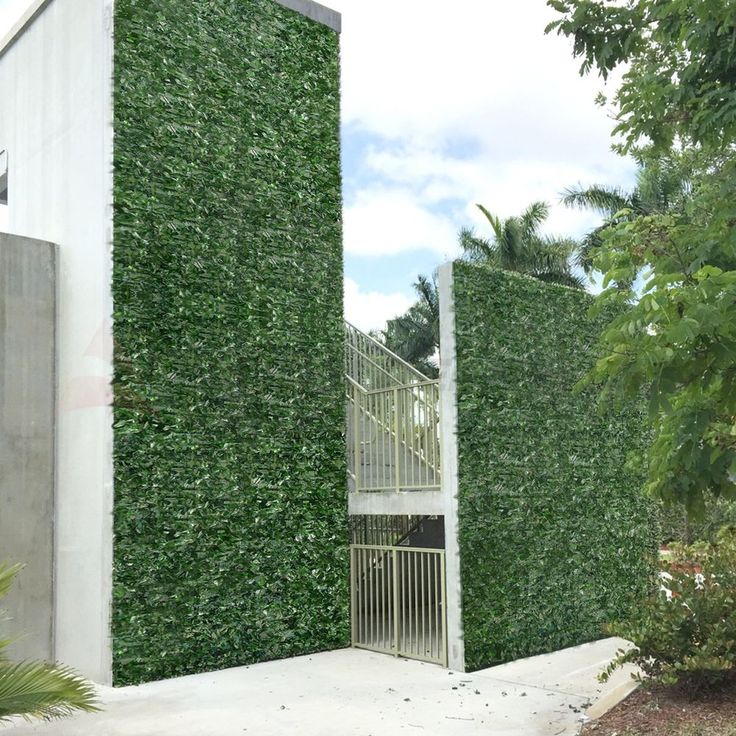
And yet it's a classic. But a hedge can be made truly LIVE, unforgettable, by skillfully creating luxurious necklaces for gardens from plant beads.
Unusual ideas for hedges
You can take shrubs with green and yellow needles, or green and blue, and perform a rhythmic planting, alternating plants - and you will get a "striped" living fence.
You can plant shrubs of different colors in two or even three rows, twist them like ribbons or cut them with steps.
You can mow the hedge with a wave and "Kremlin teeth", make decorative "ledges" or even grow a green "caterpillar".
Photographs: form, rhythm and color in hedges
-
Juniper -
Thuja western -
Thuja western Smaragd and Thuja western Yellow Ribbon -
Thuja western Smaragd and Juniper Chinese
-
Vesicles Luteus and Diabolo -
Barberry thunberg Atropurpurea -
Barberry thunberg Erekta and Atropurpurea
It is worth moving away from straightforwardness and a clear rhythm and just playing, feeling the living form of plants, cutting shrubs gently and unobtrusively, depicting hills and swaying branches with a fresh wind.
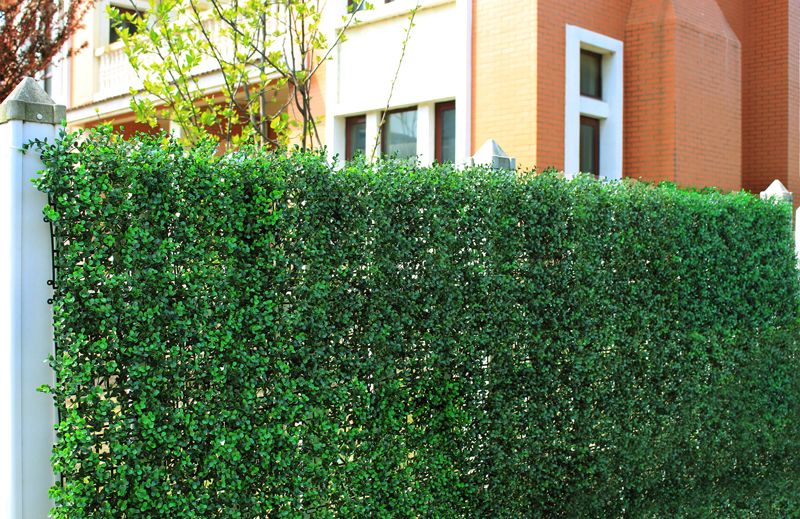 Thuja. Evergreen tree or shrub. In the conditions of the middle lane, it can reach a height of 3 m. It is widely used to create hedges. The optimal planting distance is 80-100 cm. It can be planted in two rows in a checkerboard pattern. In a temperate climate, among the various forms of thuja, the thuja western “Smaragd” and “Emerald” feel best. Among other plants used to create hedges, thuja has its advantages and disadvantages
Thuja. Evergreen tree or shrub. In the conditions of the middle lane, it can reach a height of 3 m. It is widely used to create hedges. The optimal planting distance is 80-100 cm. It can be planted in two rows in a checkerboard pattern. In a temperate climate, among the various forms of thuja, the thuja western “Smaragd” and “Emerald” feel best. Among other plants used to create hedges, thuja has its advantages and disadvantages 
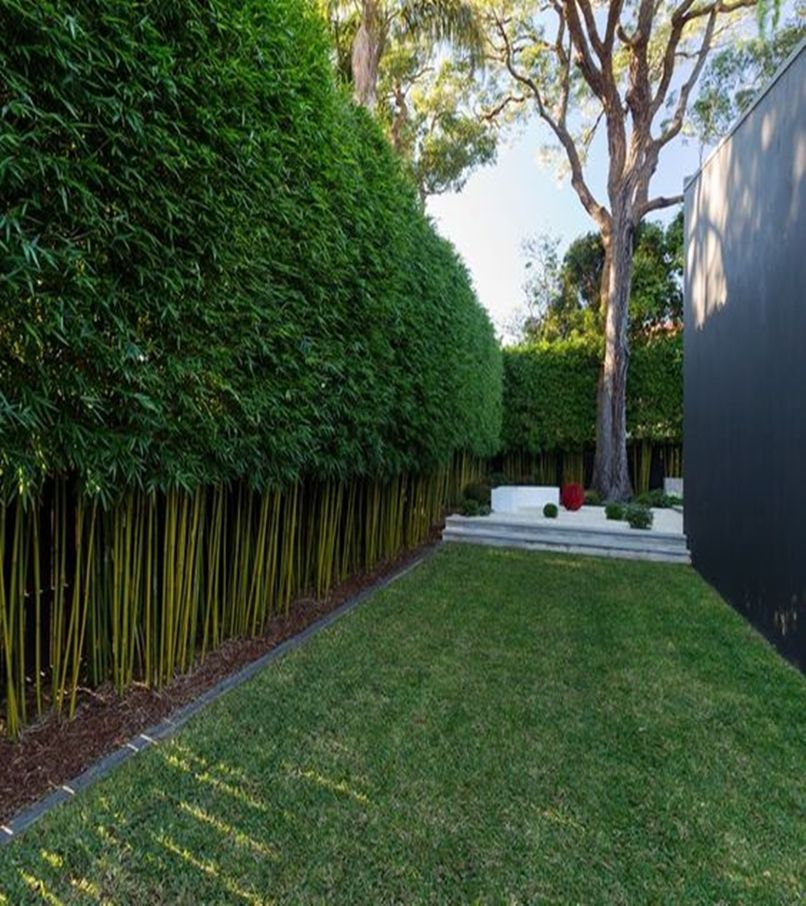
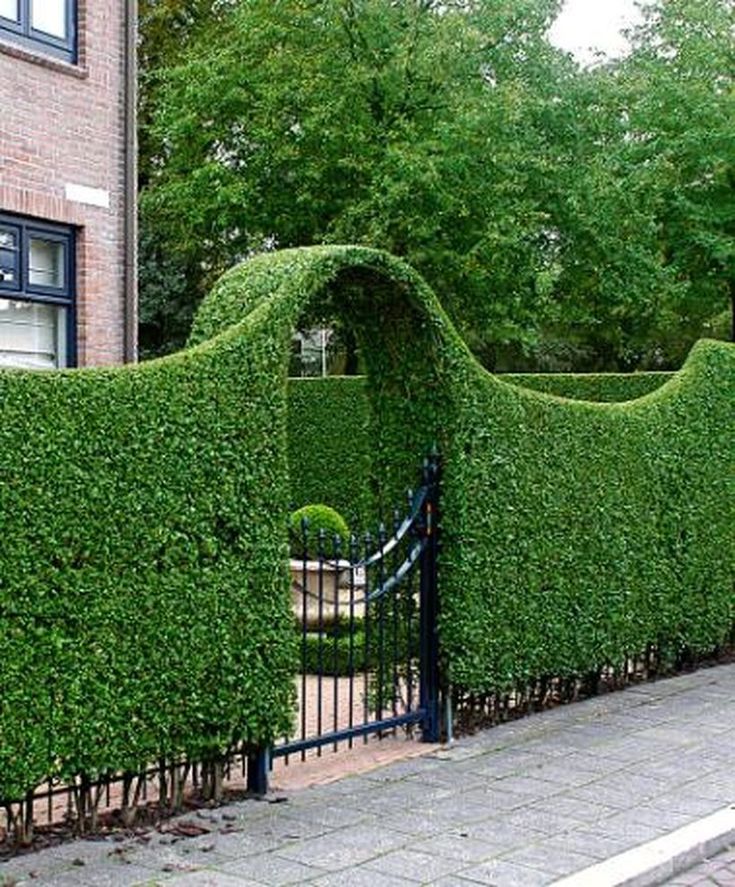 Fast-growing deciduous shrub up to 3 m high. Very beautiful, retains its decorative effect even in winter, thanks to bright red shoots. Blossoms twice a season, in the fall, along with young flowers, rounded white berries appear. The shrub has many virtues , among which:
Fast-growing deciduous shrub up to 3 m high. Very beautiful, retains its decorative effect even in winter, thanks to bright red shoots. Blossoms twice a season, in the fall, along with young flowers, rounded white berries appear. The shrub has many virtues , among which: 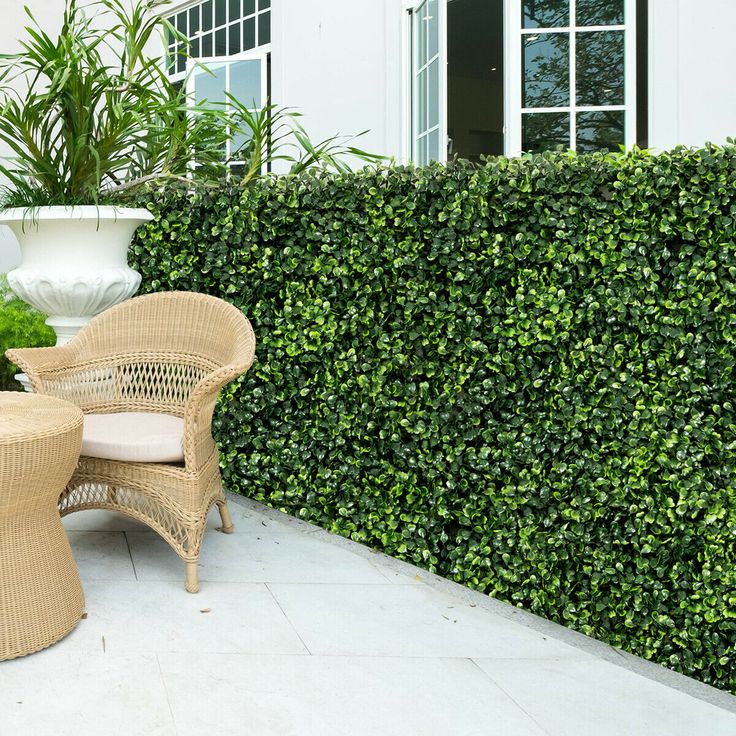 Califolia vesicle. Spectacular shrub with spreading drooping branches and large ornamental leaves. It reaches a height of 3 m. With proper care, a vesicle hedge will become a real highlight of your garden.
Califolia vesicle. Spectacular shrub with spreading drooping branches and large ornamental leaves. It reaches a height of 3 m. With proper care, a vesicle hedge will become a real highlight of your garden. 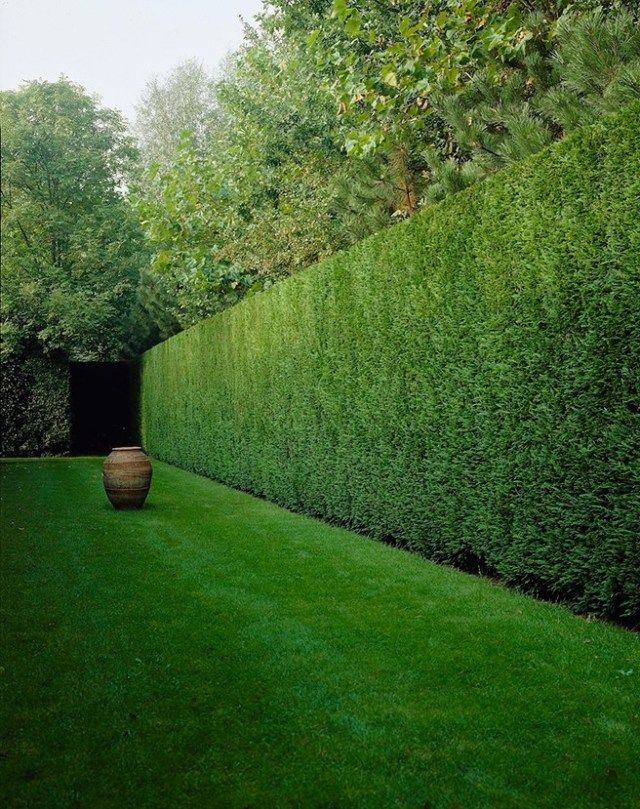 In addition to the already listed advantages of mock orange, the following should be noted:
In addition to the already listed advantages of mock orange, the following should be noted: 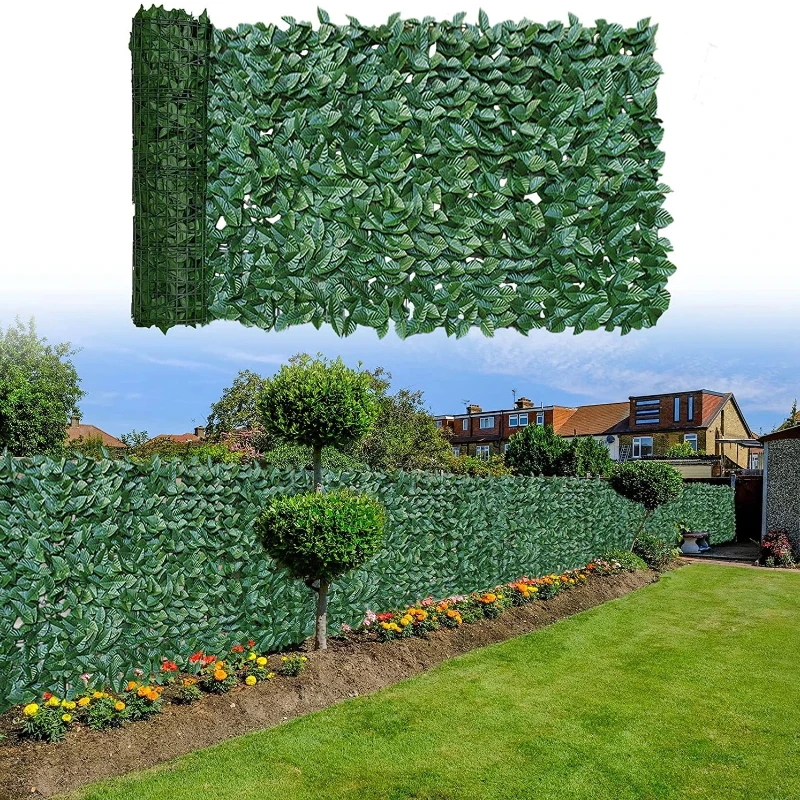 The plant propagates easily and appears where its growth is undesirable.
The plant propagates easily and appears where its growth is undesirable. 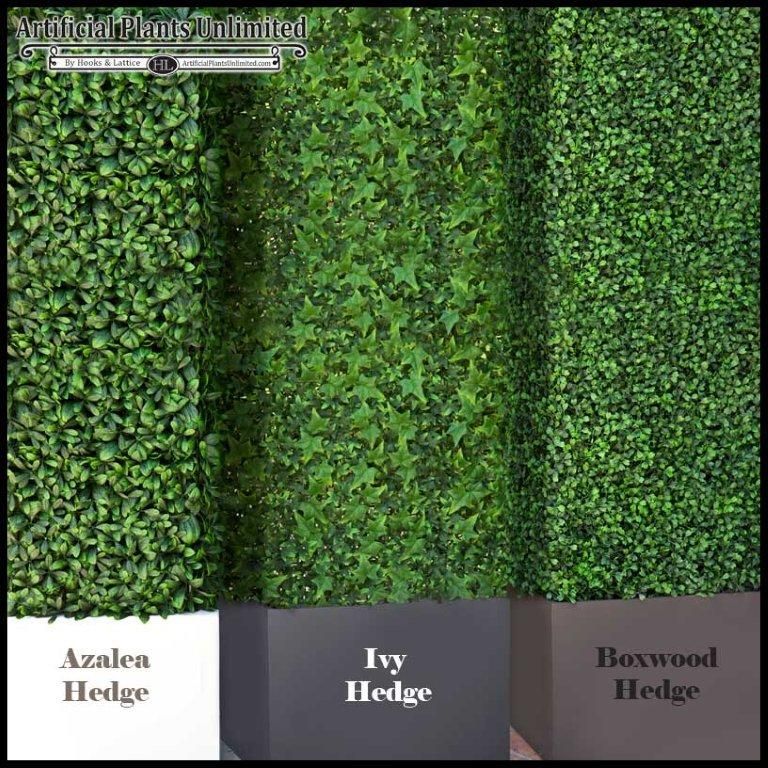

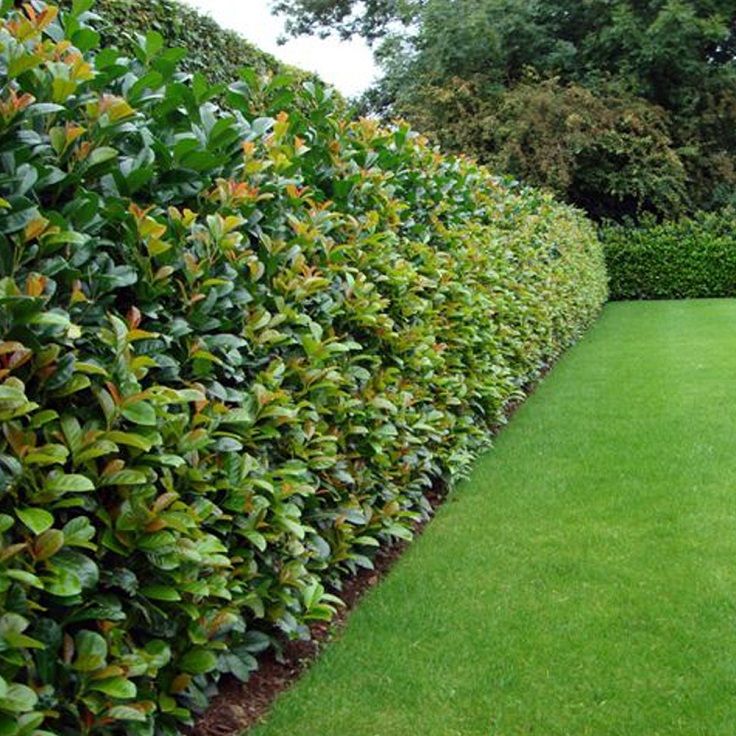 Shrub cinquefoil. A very decorative compact shrub that blooms from early summer to autumn. The main advantages of the plant:
Shrub cinquefoil. A very decorative compact shrub that blooms from early summer to autumn. The main advantages of the plant: 
